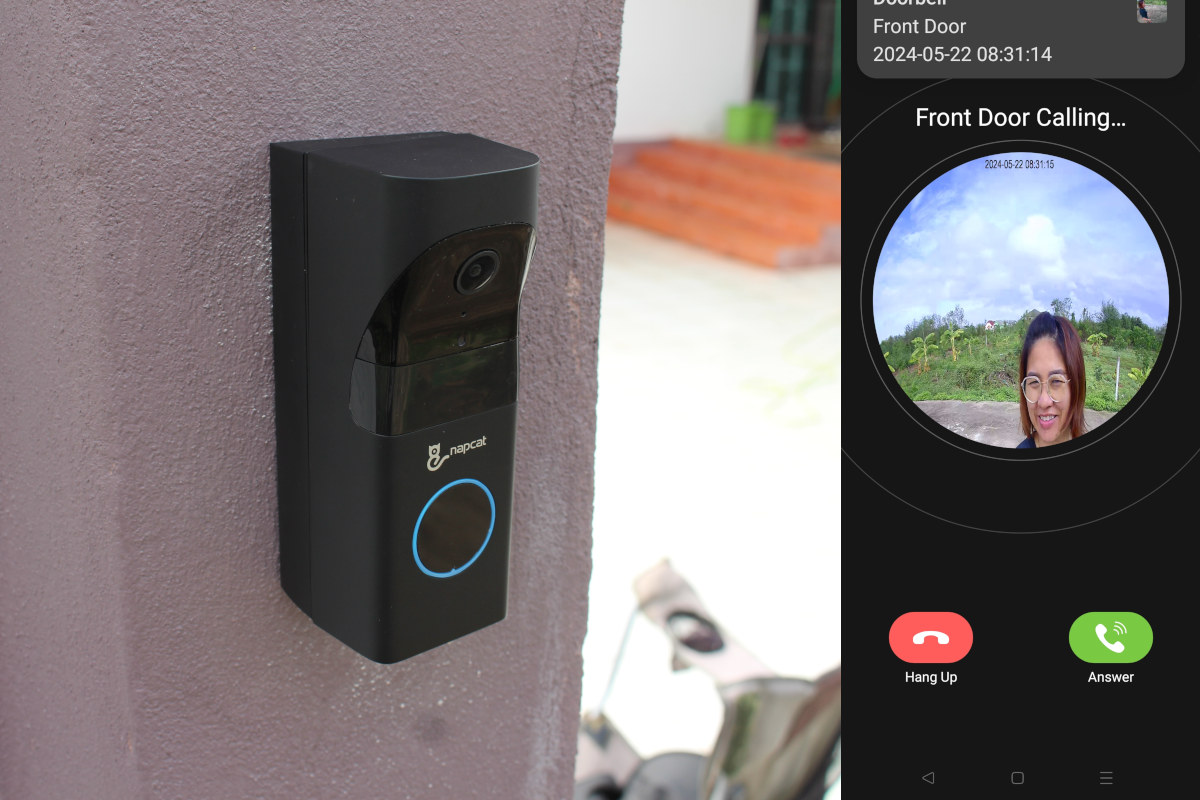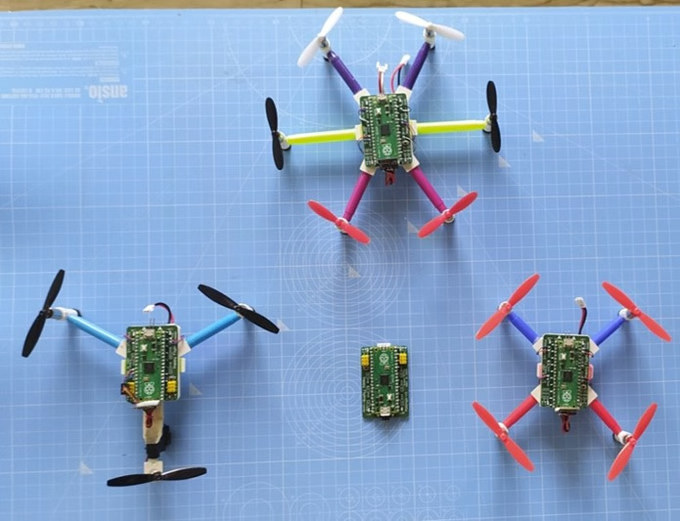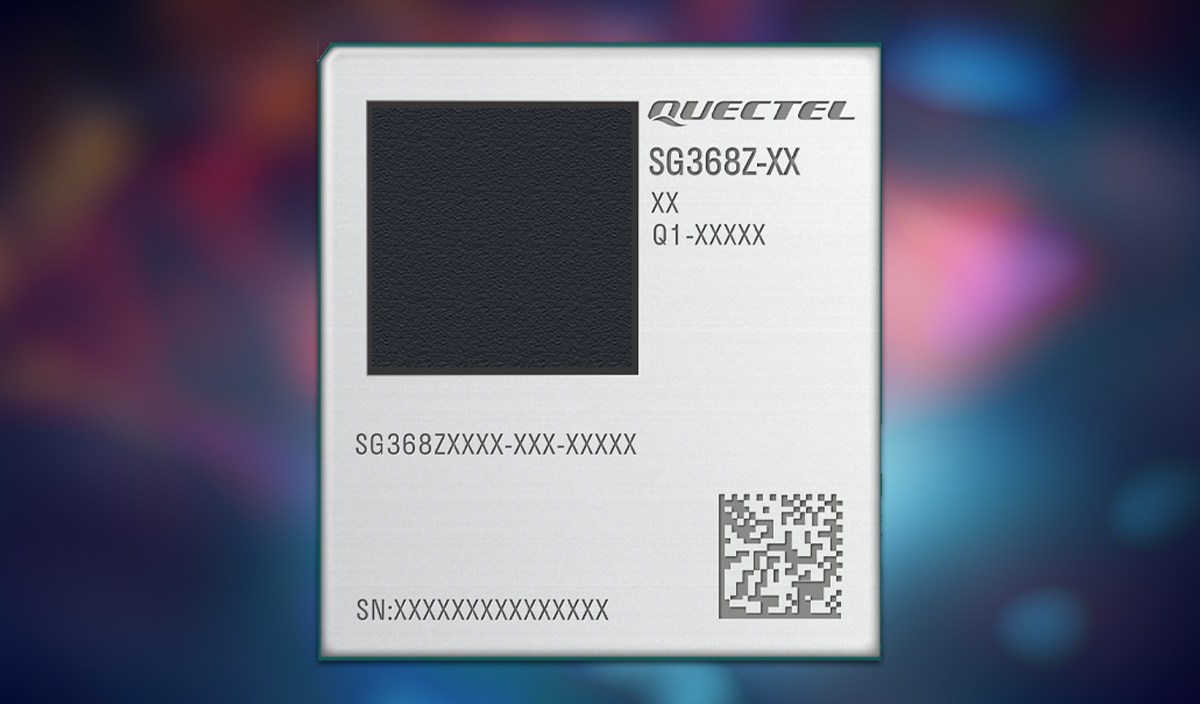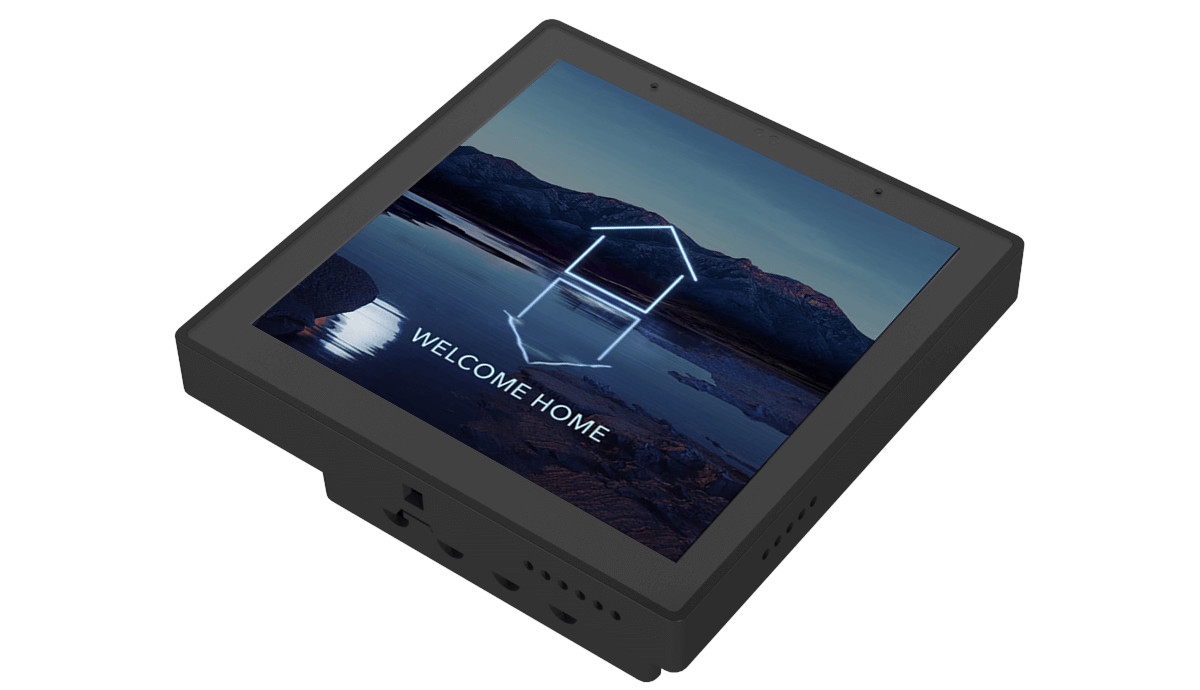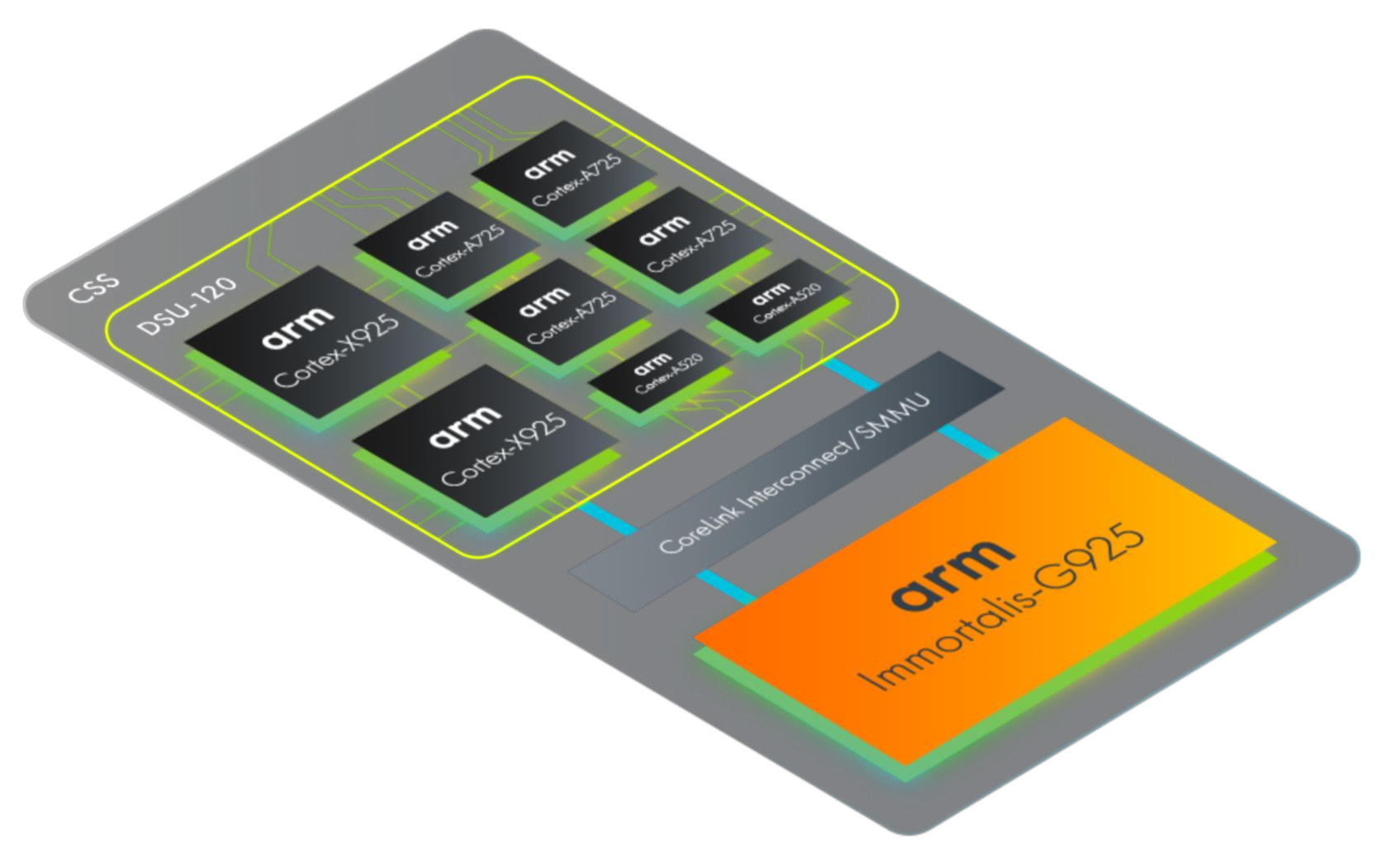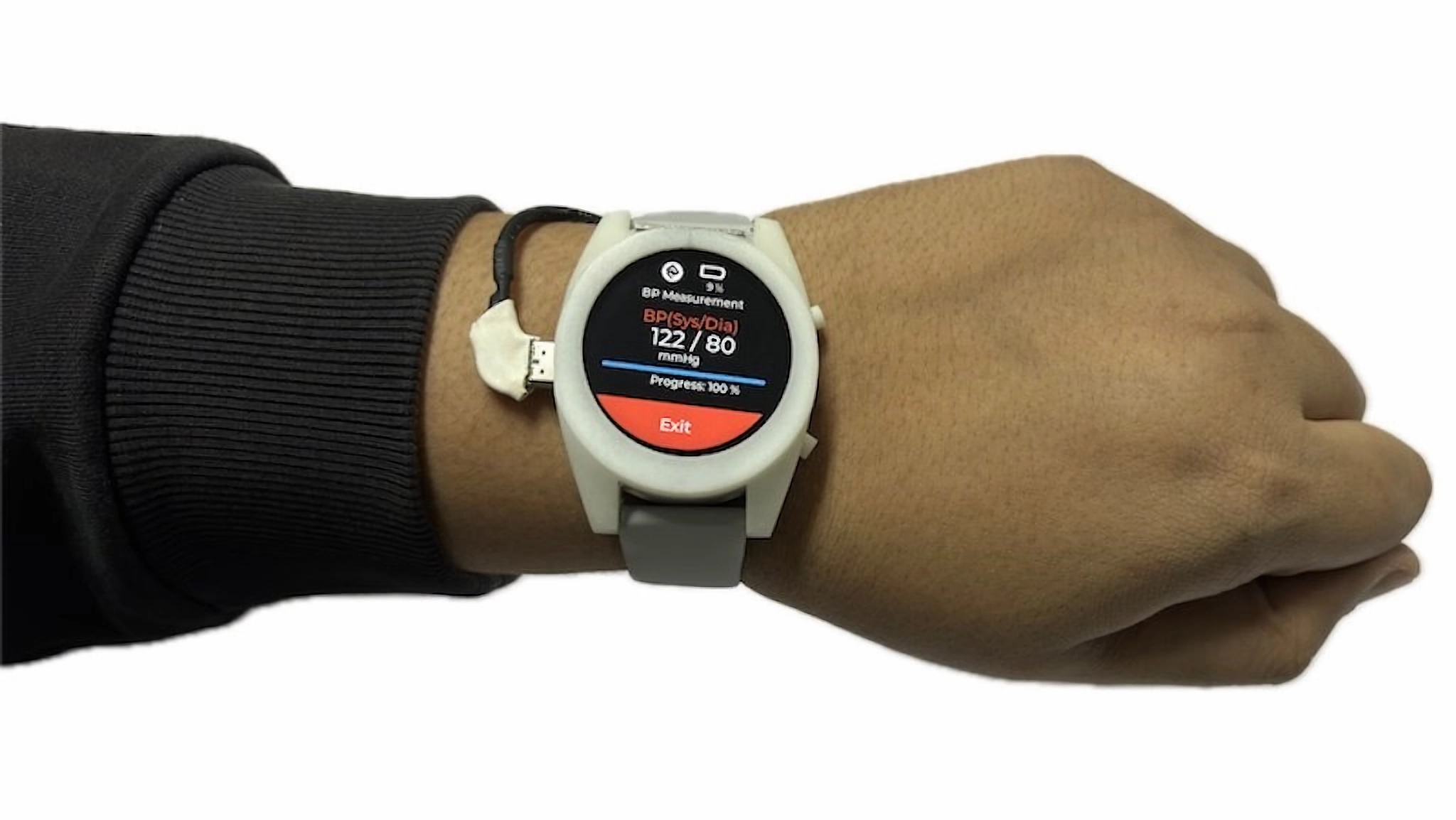NapCat R112 is a 5MP video doorbell with dual-band 2.4/5GHz WiFi, AI features such as human and package detection, 2-way audio, and no subscription. It’s waterproof – rated IP65 – so it can be used outdoors, and powered by either a built-in battery or traditional wires. The company sent me a sample of the Napcat R112 for review. I’ll check out the camera in battery-powered mode only in this review, install it on the wall close to the gate of my house, and use the Napcast Android app to access the camera and answer calls. Napcat video doorbell unboxing The retail package shows a photo of the (white) base station and (black) camera and lists some of the main features such as a wide-angle camera, dual-power option, on-device human detection and package monitoring, and dual-band WiFi. There’s no monthly fee to pay to use the device after purchasing it. The […]
PiWings 2.0 is a tiny drone based on Raspberry Pi Pico and ESP8266 WiFi module (Crowdfunding)
SB Components’ PiWings 2.0 is a small drone combining a Raspberry Pi Pico with an ESP8266 WiFi module (ESP-12E) for wireless connectivity, and designed for STEM education and drone enthusiasts. The PiWings 2.0 board supports up to six motors and four servos, includes a 6-axis IMU for auto-leveling, and features I2C, SPI, UART, and GPIO expansion ports for custom sensor and/or actuator support. The drone itself is offered with three, four, or six rotors. PiWings 2.0 key features and specifications: Microcontroller board – Raspberry Pi Pico with Raspberry Pi RP2040 dual-core Cortex-M0+ microcontroller, 264KB SRAM Wireless module – ESP-12E (ESP8266) WiFi module for iBus support Motor Drivers – 6 channels (3A DC) Servo Motors – 4 channels USB – 1x micro USB port (on Raspberry Pi Pico) Expansion – I2C, SPI, UART, GPIO ports Sensor – On-board 6-axis IMU (MPU6050) for auto-leveling Misc – 4x RGB LEDs Power Supply 3V […]
Orange Pi 3B V2.1 SBC has been revamped with better WiFi 5 connectivity, M.2 2280 NVMe/SATA SSD socket
Shenzhen Xunlong Software has introduced the Orange Pi 3B V2.1 SBC with an M.2 socket that supports 2280 NVMe or SATA SSDs, and a new Ampak AP6256 WiFi 5 and Bluetooth 5 wireless module replacing the Allwinner AW859A-based CDTech 20U5622 module in the first revision of the board. The Orange Pi 3B SBC was first introduced in August 2023 as a Rockchip RK3566 SBC with Raspberry Pi 3B form factor and support for M.2 2230 and 2242 NVMe or SATA storage. The new Orange Pi 3B V2.1 supports longer M.2 2280 SSDs at the cost of being slightly bigger than a credit card (89×56 mm) and offers better WiFi 5 connectivity. Orange Pi 3B V2.1 specifications: SoC – Rockchip RK3566 CPU – Quad-core Cortex-A55 processor @ up to 1.8 GHz GPU – Arm Mali-G52 2EE GPU with support for OpenGL ES 1.1/2.0/3.2, OpenCL 2.0, Vulkan 1.1 NPU – 0.8 TOPS […]
Mekotronics R57 – A Rockchip RK3576 Edge AI fanless mini PC with HDMI input/output, dual GbE, RS232, RS485, DIO…
Mekotronics R57 is a fanless edge AI mini PC powered by a Rockchip RK3576 octa-core Cortex-A72/A53 SoC with a 6 TOPS NPU, 4GB LPDDR5, a 32GB eMMC flash, and features such as RS485 and dual gigabit Ethernet that makes it suitable for industrial automation. I initially thought it was a cost-down version of the Mekotronics R58 mini PC that I reviewed with Android 12 as my first ever Rockchip RK3588 device. But while the mechanical design is similar and some of the ports are in the same position, there are some changes with the new model equipped with only one HDMI output, one HDMI input, two GbE jacks, and a terminal block with RS232, RS485, and digital inputs and outputs. Mekotronics R57 specifications: SoC – Rockchip RK3576 CPU 4x Cortex-A72 cores @ 2.2GHz, four Cortex-A53 cores @ 1.8GHz Arm Cortex-M0 MCU at 400MHz GPU – ARM Mali-G52 MC3 GPU with […]
Quectel SG368Z WiFi 5 and Bluetooth 4.2 smart module is built around Rockchip RK3568 SoC
The Quectel SG368Z Smart Module is an all-in-one hardware package built around a Rockchip RK3568 AI SoC that combines computing, graphics, storage, and connectivity in a compact form factor. The LGA module offers WiFi 5 and Bluetooth 4.2 connectivity, dual gigabit Ethernet networking, various video output options (HDMI, LVDS, RGB, MIPI, eDP), USB, PCIe, and many other features making it suitable for applications like smart homes, wearables, and industrial automation. Previously we have seen Quectel introduce various communication modules like the Quectel BG95-S5 5G, the Quectel KG200Z LoRa the Quectel RG255G RedCap IoT Module, and the Quectel CC660D-LS IoT-NTN module, but this is the first time we have seen Quectel release a Smart Module which can be certainly be considered as a SoM in a LGA package. Quectel SG368Z Smart Module specifications: SoC – Rockchip RK3568 CPU – Quad-core Cortex A55 processor at up to 2.0 GHz GPU – Mali G52 […]
Dusun DSGW-130 smart home controller fits into an 86-type junction box
The Dusun DSGW-130 smart home controller is a Rockchip PX30-powered, touch-enabled control panel designed to fit into an 86-type junction box. It runs on Android 11 and can connect to your home network using Wi-Fi and Zigbee, similar to the SONOFF NSPanel Pro. The only glaring difference I can see from the specifications is that the DSGW-130 has a few extra features like more storage, a wired network connection, RS485, and support for newer 5GHz Wi-Fi, which the SONOFF doesn’t have. We’ve also written about other similar controllers, like the SONOFF NSPanel, and reviewed the SONOFF NSPanel Pro with Zigbee and the CAM Slim WiFi camera. Check them out if you’re interested in similar products. Dusun DSGW-130 smart home controller specifications SoC – Rockchip PX30 quad-core Cortex-A35 processor with Arm Mali-G31 GPU System Memory – 1GB DDR3 Storage – 8GB eMMC 5.1 flash Display – 4-inch capacitive touchscreen color TFT display with […]
Arm unveils Cortex-X925 and Cortex-A725 CPUs, Immortalis-G925 GPU, Kleidi AI software
Arm has just announced new Armv9 CPUs and Immortalis GPUs for mobile SoCs, as well as the Kleidi AI software optimized for Arm CPUs from Armv7 to Armv9 architectures. New Armv9.2 CPU cores include the Cortex-X925 “Blackhawk” core with significant CPU and AI performance improvements, the Cortex-A725 with improved performance efficiency, and a refreshed version of the Cortex-A520 providing 15 percent efficiency improvements. Three new GPUs have also been introduced namely the up-to-14-core Immortalis-G925 flagship GPU which delivers up to 37% 3D graphics performance improvements over last year’s 12-core Immortalis-G720, the Mali-G725 with 6 to 9 cores for premium mobile handsets, and the Mali-G625 GPU with one to five cores for smartwatches and entry-level mobile devices. Arm Cortex-X925 The Arm Cortex-X925 delivers 36 percent single-threaded peak performance improvements in Geekbench 6.2 against a Cortex-X4-based Premium Android smartphone, and about 41 percent better AI performance using the time-to-first token of tiny-LLama […]
HealthyPi Move is an open-source nRF5340-powered biometric monitor worn like a watch (Crowdfunding)
The HealthyPi Move is the latest biometric monitor in the HealthyPi series from ProtoCentral. It is the first to come in a wearable form factor and can measure up to eight vital signs. It is powered by a Nordic Semiconductor nRF5340 dual-core SoC, with a Cortex-M33 application processor and a Cortex-M33 network processor. It features 128MB of flash memory connected through a high-speed QSPI interface that can store up to 10 days of processed data. It is capable of measuring galvanic skin response (EDA/GSR), electrocardiogram (ECG) signals, and photoplethysmogram (PPG) signals for determining blood oxygen level (SPO2), blood pressure, and heart rate variability. It also includes a body temperature sensor and inertial measurement unit (IMU) with a 6-axis accelerometer and gyroscope. HealthyPi Move targets medical and biotech applications, including personal health tracking, building healthcare devices, and even clinical research with approval from the FDA or IRB. We have previously covered […]


